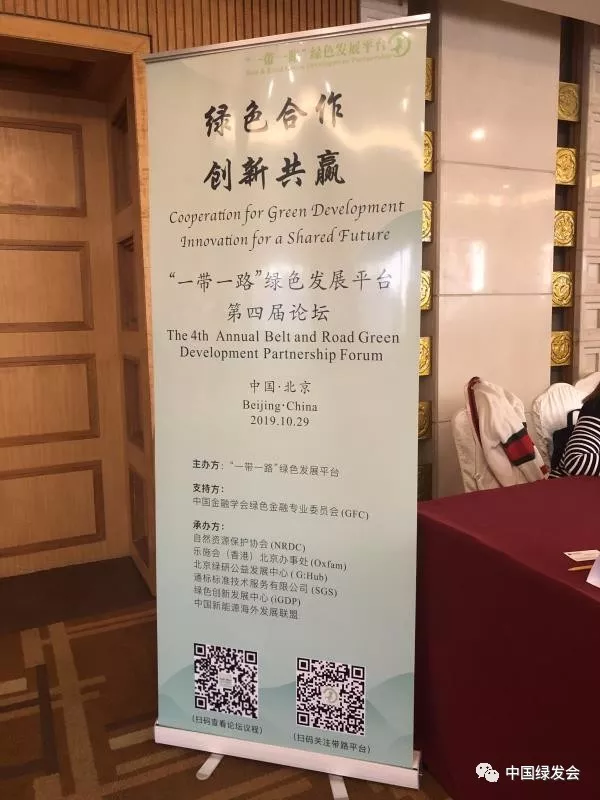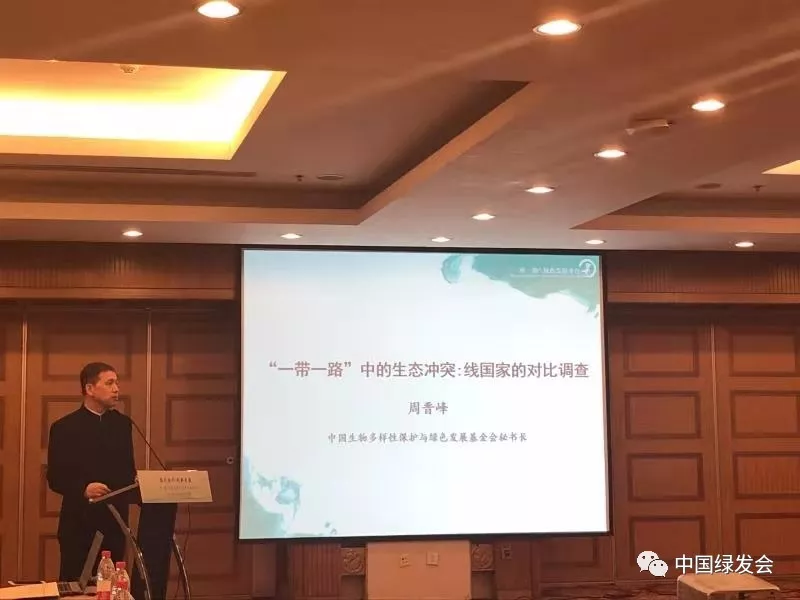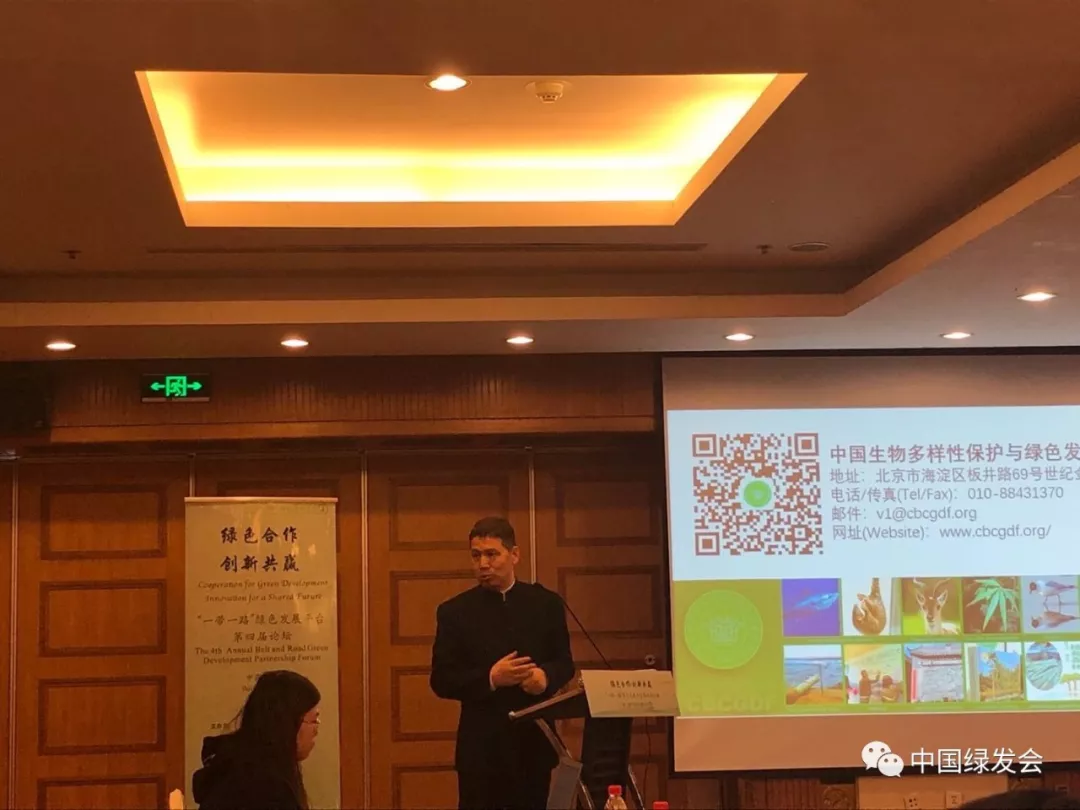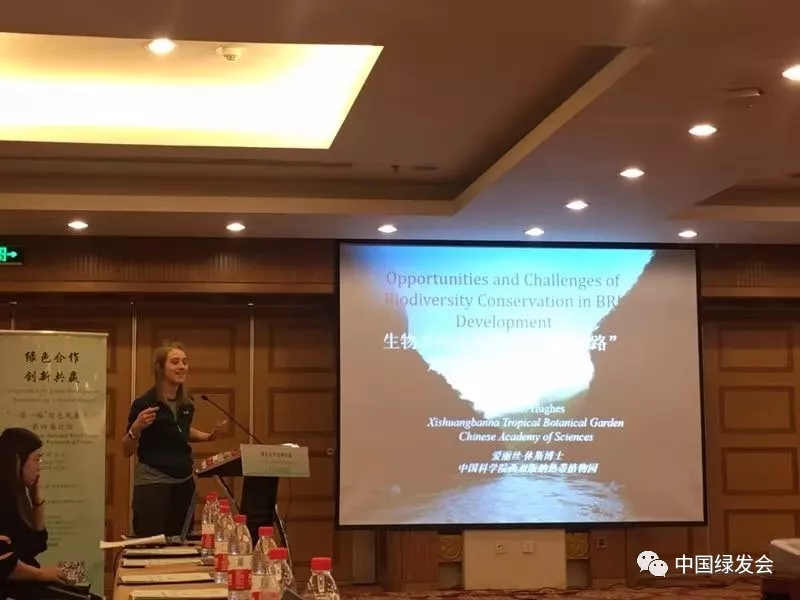Since its launch in 2013, the Belt and Road Initiative (BRI) has won global support. As the BRI has been advanced in a steady process, the focus has been laid on how to strength cooperation among BRI countries and ensure a green and sustainable development. This background drops the prologue for the 4th Belt & Road Green Development Partnership Forum with the theme of “Green Cooperation, Innovation for Win-win”. This event is taken place in Beijing on October 29.
The forum aims to offer a platform for delegates from governmental agencies, financial institutions, enterprises and NGOs, scholars and investors to promote "investment and cooperation of renewable energy between China and BRI countries, green innovation mechanism and tools for low carbon investment, and exchanges of green loc-carbon development", thus driving BRI to develop in an ecological, green and sustainable way. It is composed of one prime forum which introduces the green development of BRI and cooperation on a state level and three parallel events, respectively focusing on the development of renewable energy, sustainable infrastructure, and low carbon city, and greening BRI and biodiversity conservation.
Dr. Zhou Jinfeng, Secretary-General of China Biodiversity Conservation and Green Development Foundation (CBCGDF), and Dr. Alice Hughes, Deputy SG of CBCGDF, made keynote speeches on the parallel forum "Greening Belt and Road Initiative and Biodiversity Conservation" respectively with the theme of "Ecological Conflicts in the development of BRI: Case Study" and "Opportunities and Challenges of Biodiversity Conservation in BRI Development". Dr. Zhou started from the four civilizations and pointed out that BRI development should strengthen people's awareness of eco-environment conservation. The infrastructure construction disrupts the natural connection on the earth, and it is key to help people realize the rapid loss of biodiversity. He also introduced several BRI cases collected by CBCGDF over recent years, including hydropower stations, coal plants, and wildlife conservation. He summarized that civil society, as the bridge of dialogue, has great potential in smoothing green BRI via opening direct dialogue among all stakeholders.
Dr. Alice Hughes shared her views on the influence of infrastructure projects developed in the context of BRI on the global ecological environment and biodiversity, and opportunities of biodiversity conservation in BRI development. When introducing the linear infrastructure on the environment, she stressed that we should not only focus on the direct impact brought out by projects to areas disrupted by the route but also pay attention to the indirect impacts triggered by supportive infrastructures like irrigation and the offset impacts by sourcing materials. She illustrated multiple potential risks entailed by infrastructure projects to the local eco-environment including direct drivers (like raw material extraction, roadkill, and fragmentation) and indirect factors (like power generation, agriculture, and mineral exploration). She stressed that with the promotion of ecological civilization and ecological conservation redlines, it could be a threat or an opportunity. We have the tools to find new ways to maximize sustainability and develop a new normal.




(Photo credit: CBCGDF)
Original Chinese article:
http://www.cbcgdf.org/NewsShow/4854/10319.html
By / Wang Yanqing
